Diego Iaia
02.12.2011 – 04.02.2012
Exhibition Views
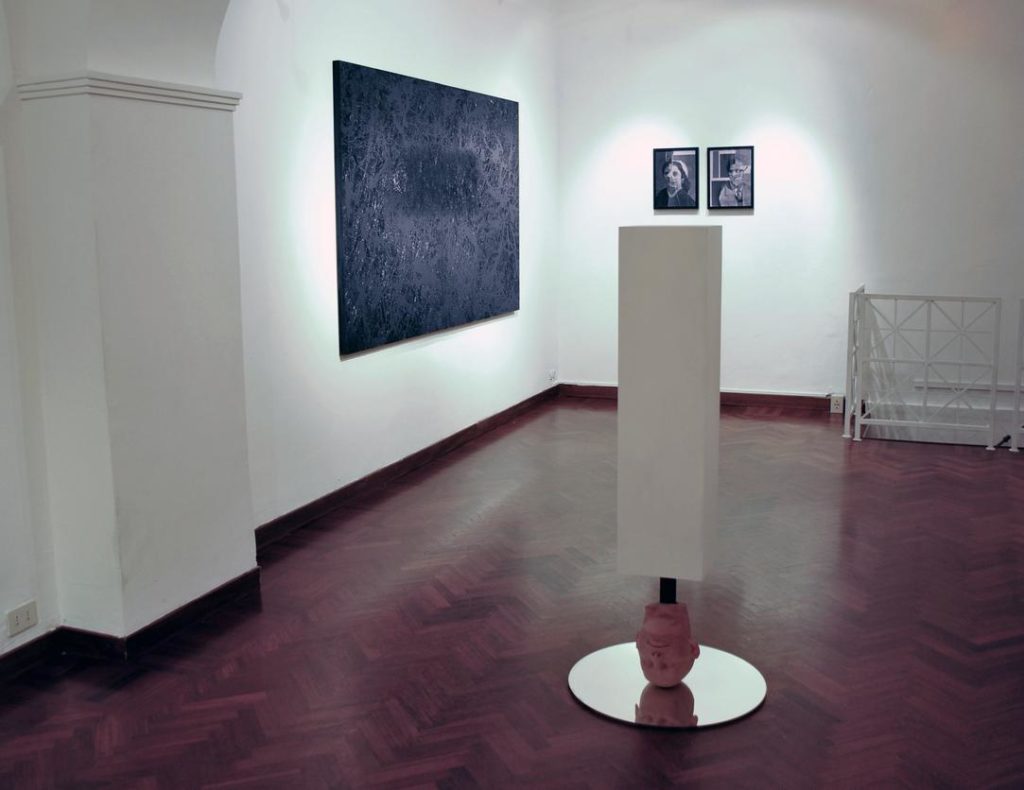
Anti-age, veduta della mostra, The Gallery Apart 
Anti-age, veduta della mostra, The Gallery Apart 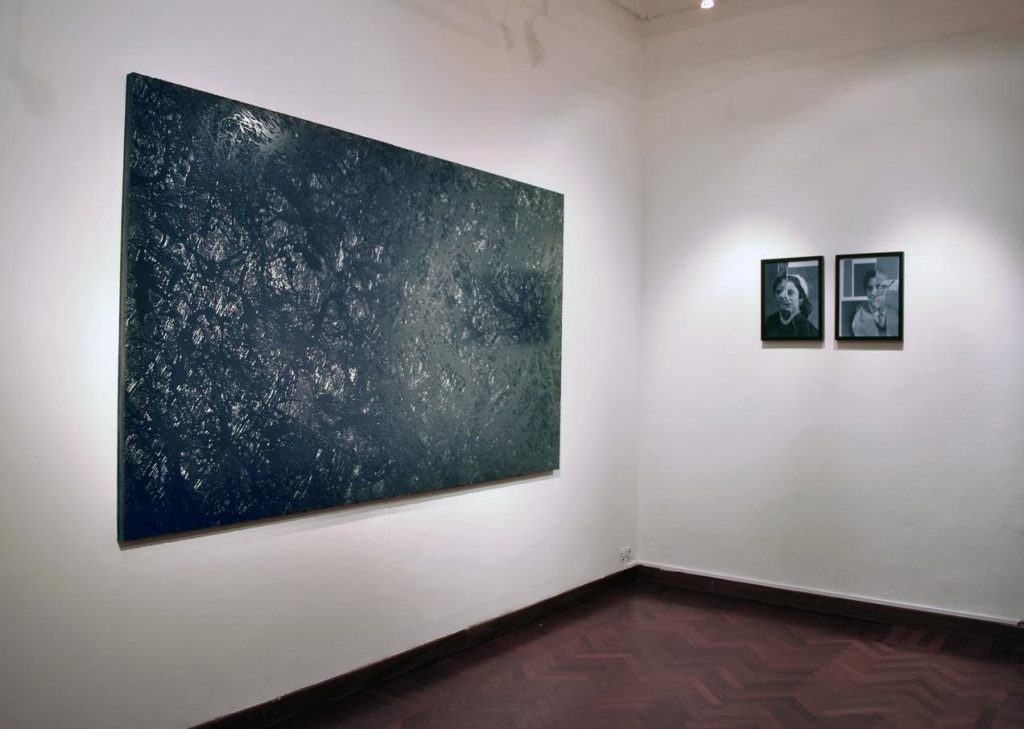
Anti-age, veduta della mostra, The Gallery Apart 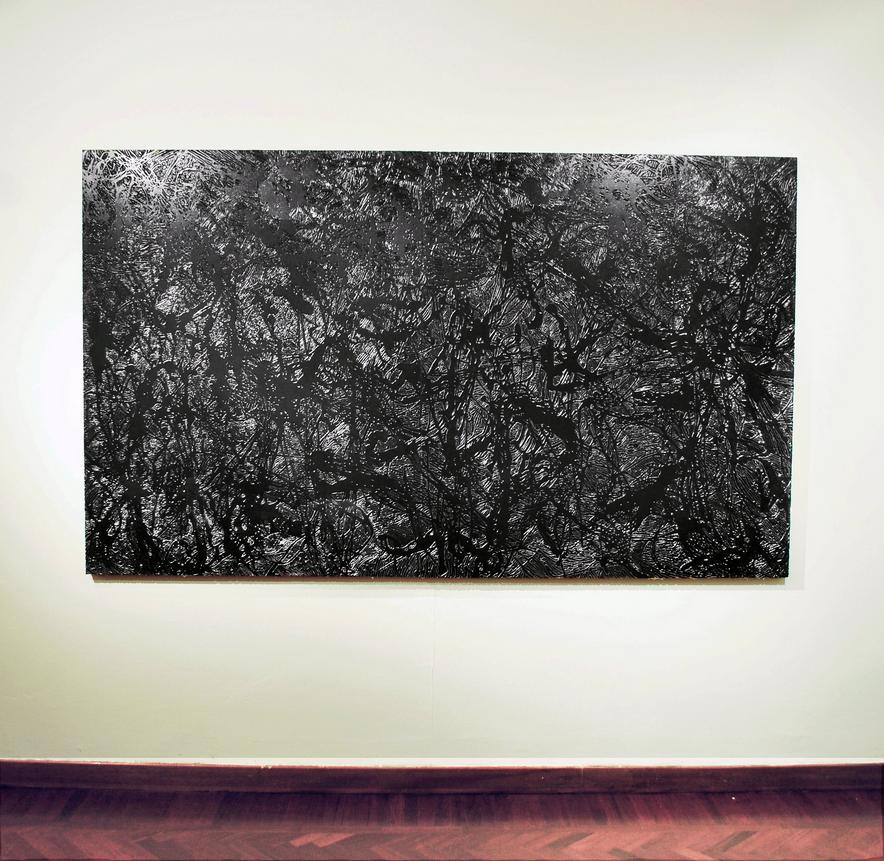
Anti-age, veduta della mostra, The Gallery Apart 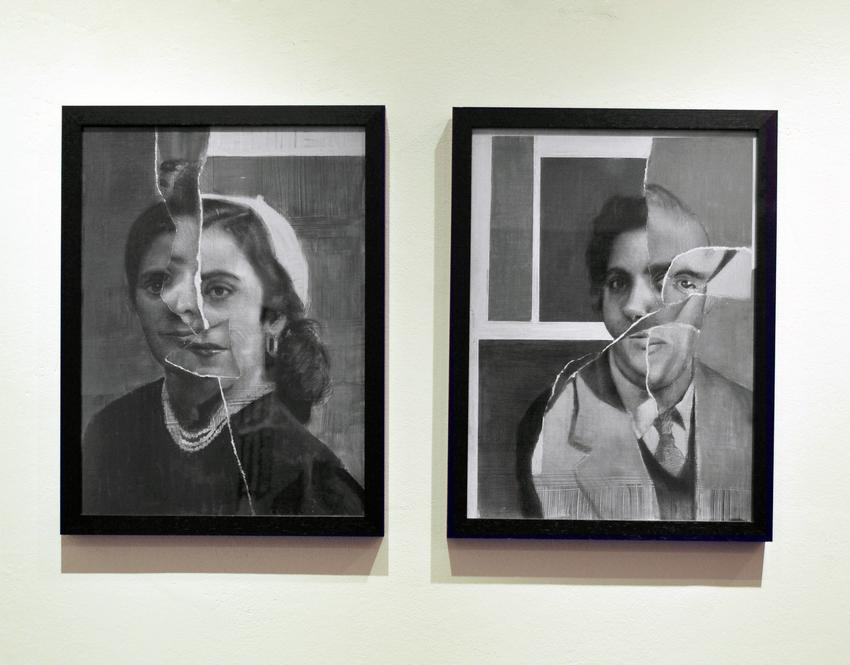
Anti-age, veduta della mostra, The Gallery Apart 
Anti-age, veduta della mostra, The Gallery Apart 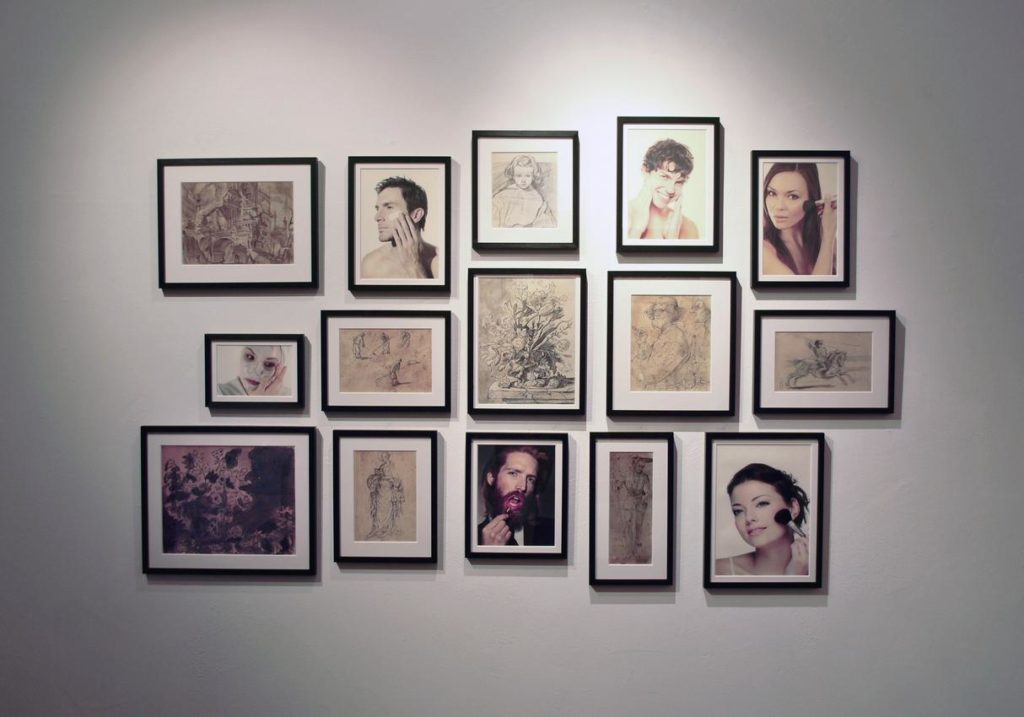
Anti-age, veduta della mostra, The Gallery Apart 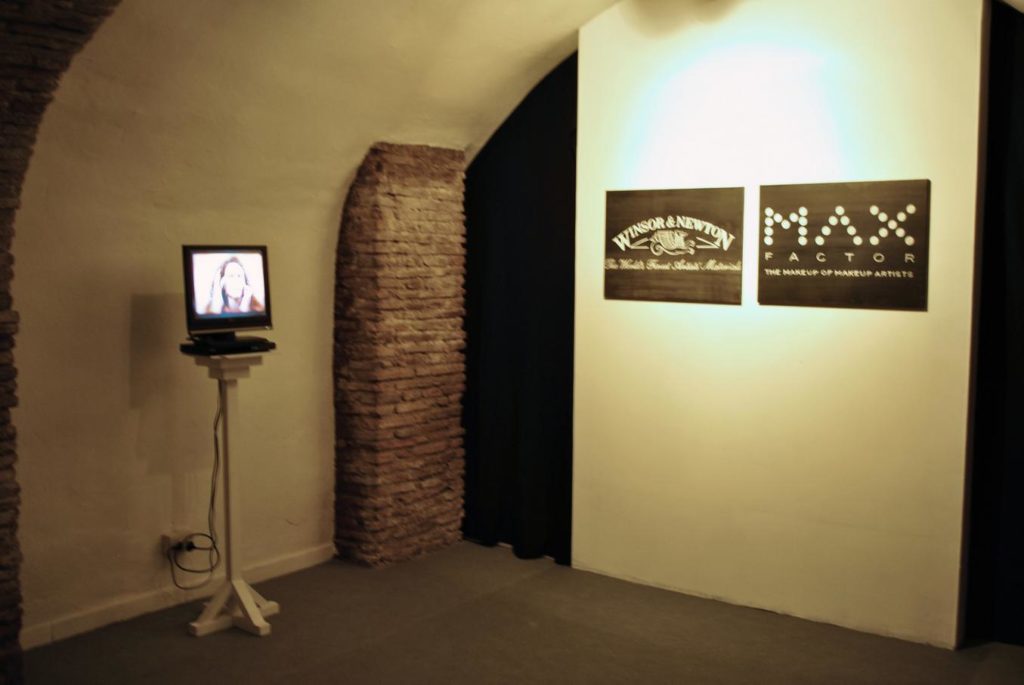
Anti-age, veduta della mostra, The Gallery Apart 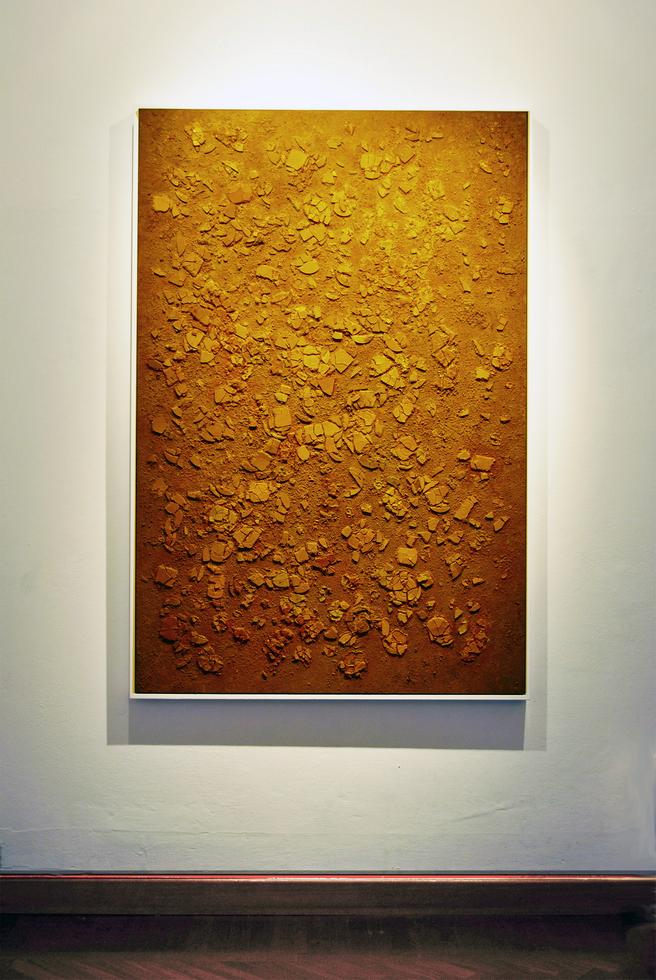
Anti-age, veduta della mostra, The Gallery Apart
Anti-age is the title that Diego Iaia has chosen for his second solo art exhibition hosted by The Gallery Apart, conceived as a moment of slowed-down and lagged time characterised by the contradiction between the
performance time and the aesthetic final result, between theft, duplication and faking.
The methods and times of the art-making process, the relationship between art and the representation of the body, the ineluctable correlation between artist and falsification are the themes that Iaia describes through a series of works that exploit the several media accessible to a 21th century artist. Thus, the need to clarify the modern artist’s role and modus operandi is also the driving force behind Iaia’s artistic research. If the interpretative framework through which post-modernism has centrifuged and challenged values and reference models falls into crisis, will art still be able to reconsider its meaning and role? Can a space for art fruition be possible and, most of all, for an artistic production that needs a period of reflection? Diego Iaia thinks it is possible, so he took the time to reflect about the connection between artwork and artist, between artist and artist, between creative process and
product. In this respect, the work Ralenti, is emblematic, a monochromatic paint drip by Jackson Pollock, faithfully scratched on a wood panel through the engraving technique, using gouge, chisel and electric drill. A long and challenging work to reproduce the shapes of a painting whose main features are its rhythm and immediacy of execution. The drip painting process is slowed down and almost paralysed by the bold wooden matter and by the
black-gloss enamel paint splattered all over the panel, which lets us catch sight of the forms only through the relief.
A clumsy attempt to steal Pollock’s unconscious-subconscious? Duplicated and serialized identity, unconscioussubconscious? Identity, duplication and ‘skin-deep’ view of painting are the themes addressed by the picture entitled La carne entirely realized with melted cosmetic foundation, then clotted and crumbled on a panel. A work that follows the artistic research which Iaia has been carrying out for a long time on the portrait and on the endless possibilities to represent the human body. The simulation of the flesh is the objective that Iaia reaches through the content of hundreds of packets of a product with which everyday millions of people paint their profile and present themselves to the world, millions of self-portrayals realized in front of the mirror to copy themselves or the others. It is the evocation of a spread art-making process that Iaia makes even more explicit in the video L’artista, realized with the director Frank Malone, where a woman, her face wrinkled by time, covers her face with cream and foundation, which in a few minutes make her look younger, until when inexorably and with an equally rapid way, she sees those same wrinkles reappear on her face; and so the video goes into an endless loop featuring David Bowie’s songs, the great master of disguise and make-up.
A further contradiction between the final visual effect and time of performance is highlighted by the imitation of oil-painted collages, Untitled. The collage, an often immediate and fast art practice, is here slowed down by the oil painting technique. These paintings are portraits made from an assemblage of several different faces, which try to claim their own identity, though made void by the superfetation of the facial features. Imitation and repetition come back with even more vehemence in the artwork Il manuale del falsario, a composition of photographs of men and women undergoing cosmetic facial treatments, and to whose side Iaia has placed faithful reproductions of fake16th century master drawings sold (as original) to the world’s major museums by Eric Hebborn, one of the most ‘celebrated’ art forger of the 20th century. Iaia makes perfect copies of the fake drawings and obtains the aging effect of the paper by following the precise instructions provided by Hebborn himself in his ‘The Art Forger’s Handbook’. The dynamics original-falsification-imitation of the fake triggers a spiral that theoretically could go on indefinitely. To close the project is a sculpture of a head placed on a plinth, entitled, Eterno presente. The plinth and the sculpture are turned upside down so that the head gently rests on a base made from a mirror.
Approaching the sculpture, we get a straightened view of the artwork that sinks down to the floor dangling over the empty space, which consists of the reflection of the gap between the plinth and the ceiling. In this case, the
game between reality and fiction strays from the mere visual perception, thus challenging the onlooker’s point of view and balance.
share on